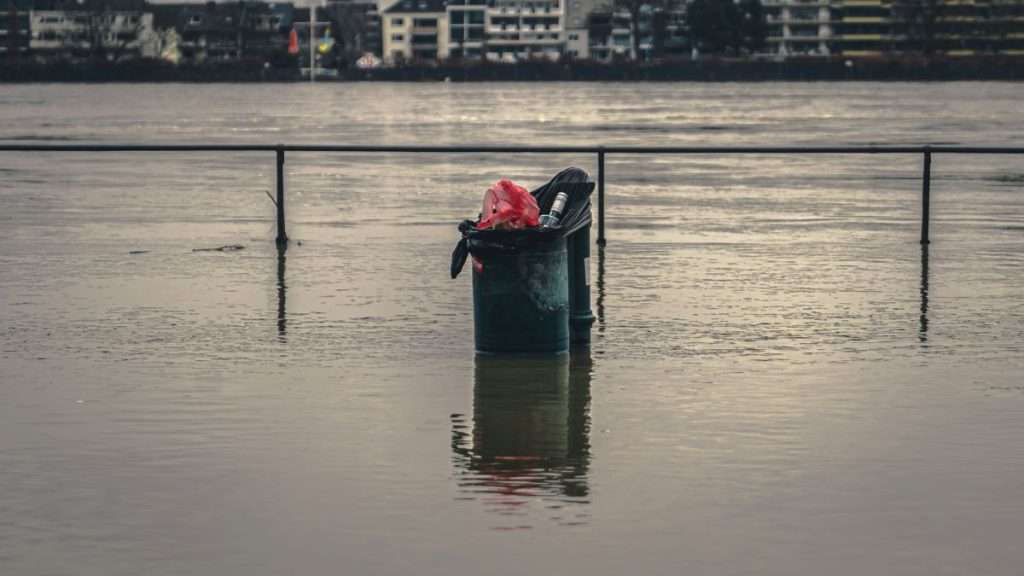Unprecedented flooding across central and eastern Europe triggers significant transport delays, impacting supply chains and logistics operations.
Flooding Impacts Transport and Logistics
Severe flooding across central and eastern Europe has resulted in significant transport delays, causing concern among forwarders. The Czech Republic-Poland border was particularly affected by heavy rainfall, leading to evacuations, bridge collapses, and sadly, the loss of 17 lives across the region.
In Hungary, authorities were forced to close the border bridge on Main Road 14, disrupting road traffic to Slovakia. Additional road closures in Poland, Romania, Czech Republic, and Austria, along with secondary road closures in the southern German states of Bavaria and Saxony, have further complicated the situation.
Rail Traffic Reduction and Terminal Closures
METRANS, a prominent logistics company, issued an advisory to its customers, stating, “We are forced to inform you that there has been a significant reduction/stoppage of rail traffic since the weekend, caused by extensive flooding.”
Kuehne + Nagel, another major player in the logistics industry, reported that its services to and from Austria, via Linz and Krems, to all ports in the METRANS network were affected. The company also noted that services to and from the Czech Republic via Ostrava were impacted due to terminal inaccessibility. Terminal Usti and Labem was closed due to high water levels.
Uncertainty Looms Over Freight Traffic Resumption
Kuehne + Nagel expressed concern over the flood situation on the Elbe, which has not yet reached its peak and could potentially halt traffic completely. The company also reported that all trains in the Bilk-Schedule are currently parked on the route to and from Budapest, with no clear indication of when regular freight train traffic will resume.
The company further noted that the Hungarian Vámosszabadi border crossing is expected to remain closed until September 23. MSC, a global leader in transportation and logistics, reported operational limitations at some container terminals in the intermodal network due to the adverse conditions.




